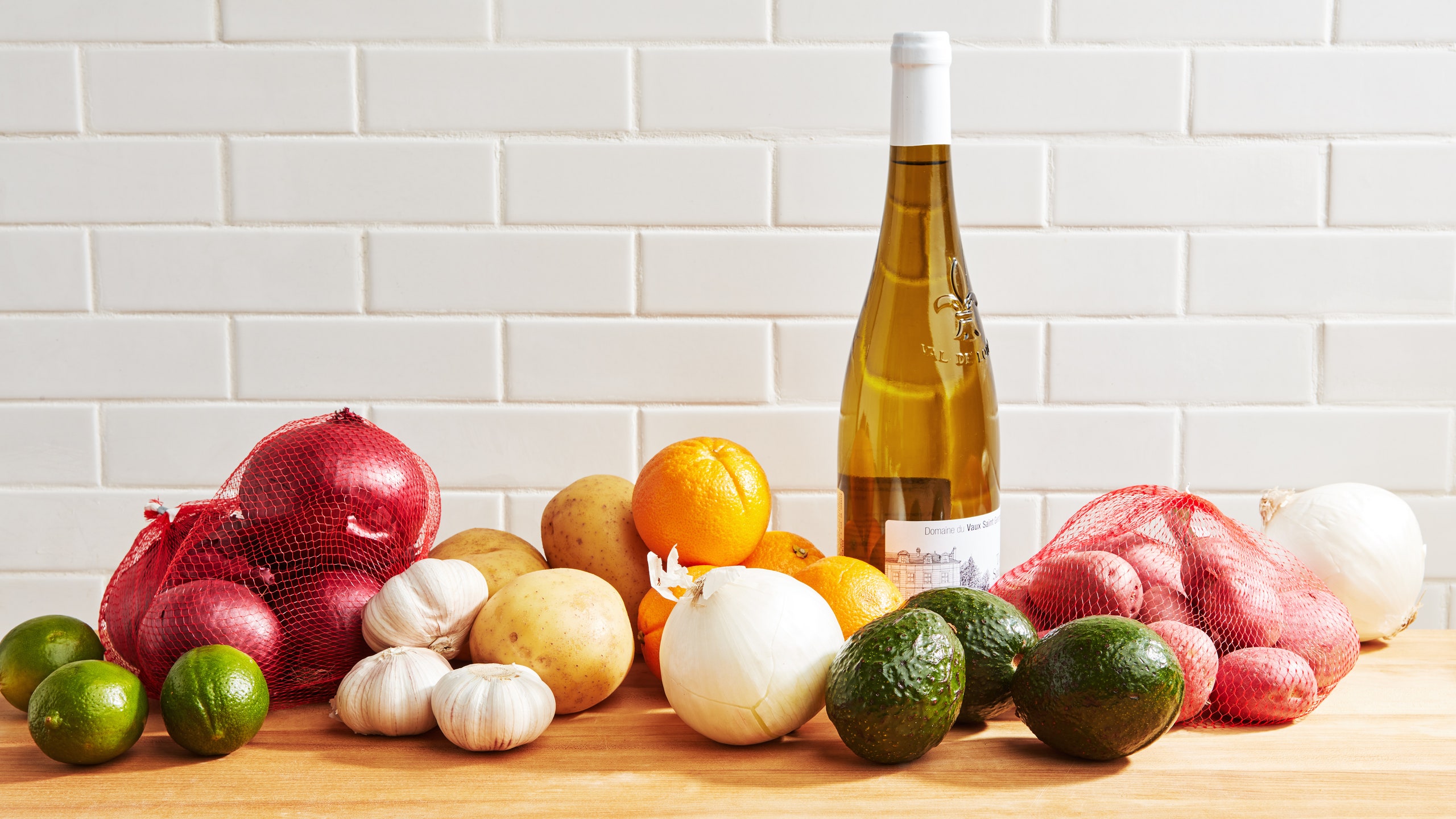Having survived my fair share of New York City apartments, I know a thing or two about creative storage solutions. My first place didn’t have such modern luxuries as “heat” or “bedroom windows” or “floors that aren’t made of raw plywood,” and when the electricity routinely went out in wintertime, our stoop became nature’s freezer.
Needless to say, I understand the desperate need to conjure more storage out of cramped and crowded living spaces. Perhaps your bathtub doubles as a reading nook. (I don’t judge!) But if you’re thinking about turning the top of your refrigerator into an extra pantry? Hold up: It’s off-limits.
Can you store food on top of the fridge?
The main problem with this spot is heat, and not simply due to the pesky laws of thermodynamics. Simply put, your refrigerator was designed to keep things cool inside it, not on top of it. In order to maintain food at 35 degrees Fahrenheit within their insulated walls, refrigerators produce heat elsewhere. Your fridge relies on a set of coils, known as condenser coils, to release the heat from inside the fridge to the surrounding environment. These coils are typically located on the back or bottom of the refrigerator. (As always, your particular model of appliance may vary, so it’s wise to consult your fridge’s manual.) In some older models, however, the condenser coils might be located on the top of the fridge. When the compressor circulates refrigerant, it also generates heat, which is then released through the coils too. This heat can cause the top of the fridge to feel warm or hot to the touch throughout the day.
But when it comes to food storage, you usually want the opposite of the hot, fusty conditions that the top of a fridge often produces. “Cool, dry, and dark” are the three words that pantry ingredients love, as do many tubers and fresh fruits that are sensitive to refrigerator temperatures. And forget about keeping bread up there unless you want it to dry out or go moldy before its time.
What about wine?
Fine, so food is out. What about that mini wine rack that has nowhere else to go?
Sorry, nope. Per the oenophiles at Wine Enthusiast, red, white, sparkling, and fortified wines prefer a temperature range of 50 to 59 degrees Fahrenheit for short-term storage and 53 to 57 degrees for long-term storage. Harold McGee agrees, noting in On Food and Cooking that “low temperatures, between 50 and 60 degrees Fahrenheit, slow the wine’s development, so that it remains complex and interesting for the longest possible time.” If you store your wine above 70 degrees, you’ll quickly start to see a negative impact on its flavor. Beyond that, you’ll cook your wine to death.
So, what can you put up there?
But is there anything that could benefit from that warm spot atop the fridge? Sure, you could make an argument for using it to keep things warm for a relatively short period of time—like, say, fermenting yogurt or proofing dough. But the temperature will be anything but consistent, likely leading to wonky results. And I don’t know about the top of your fridge, but mine is consistently the dustiest spot in my entire kitchen, which is both gross and a bit of a health hazard to boot.
But let’s say that you don’t care about any of that. Maybe you’re the kind of person who thinks, I just want a place to put my vintage cookie jars and I happen to LIKE hot rotten wine, TYVM.
Well, heat presents another problem in the form of a fire hazard. Depending on the design of your fridge and its placement in your kitchen, it might not have a ton of breathing room for ventilating the heat it regularly produces. Add a bunch of bric-a-brac on top and it begins to suffocate even more. Lightweight items can fall down the back or sides of the fridge, further risking a fire, and heavy items can topple over after repeated fridge door openings and closing, potentially braining you or your loved ones in the process.
Yes, I know—your mother has kept a collection of baskets atop her fridge for years without incident. But if you don’t believe me, listen to the experts. I reached out to Chad Parks, a communications manager at Whirlpool, to get the fridge maker’s perspective. “In order to maintain proper ventilation, Whirlpool Corporation does not recommend placing food or other items on top of a refrigerator,” Parks says. “Consumers should follow instructions in their owner's manual and/or installation guide regarding proper ventilation.” He adds that it’s best to leave “a half-inch of space on each side and at the top, and one inch of space behind the appliance.”
So, if you want to keep your food at its freshest and your appliance in good working order, leave the top of the fridge vacant. (You could always install some shelving above the fridge, as long as you follow Parks’s suggestion for leaving headspace on the top and sides.) As for that mini wine rack? Keep it on the floor of a closet or low cabinet, where your bottles will stay cooler and maintain their flavor even longer.

